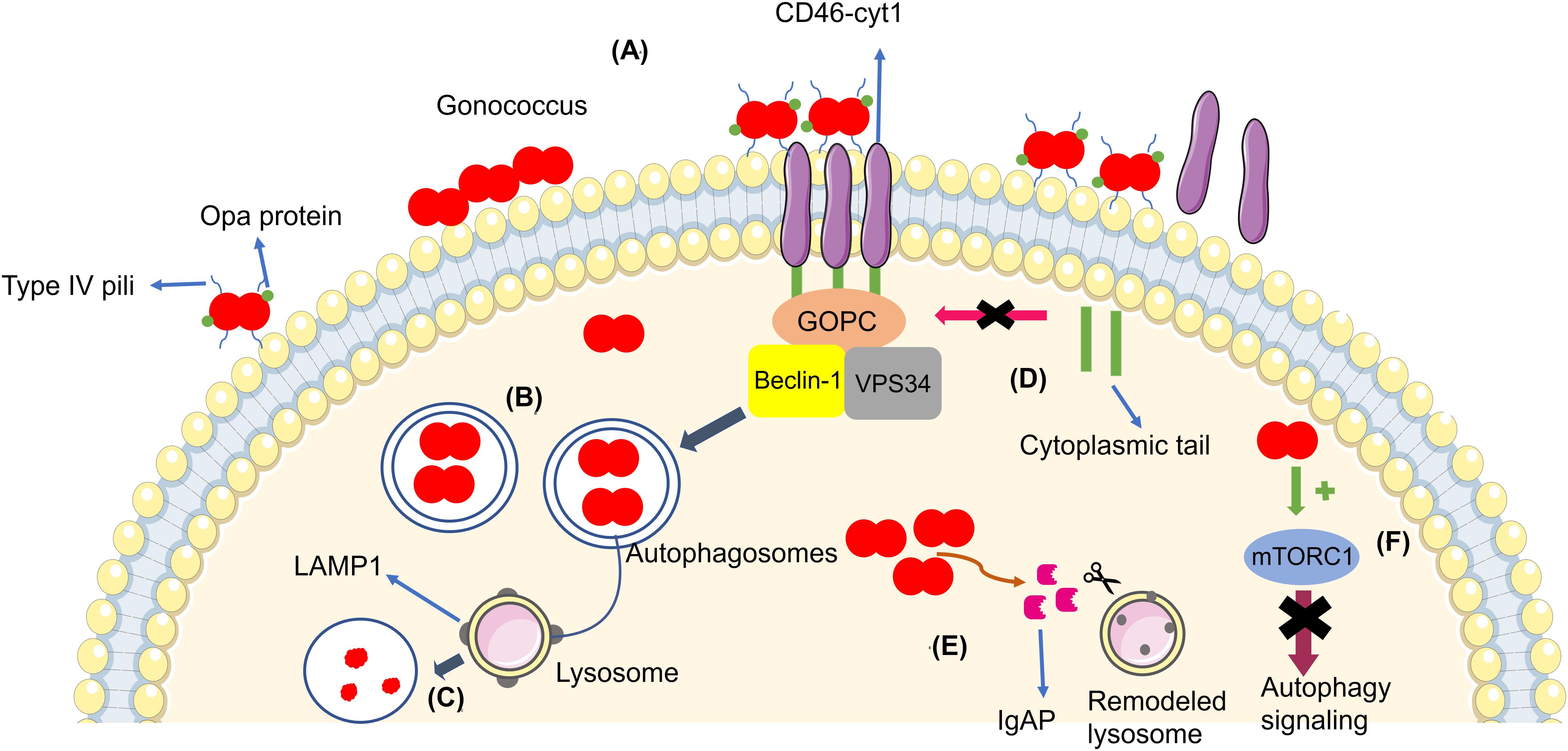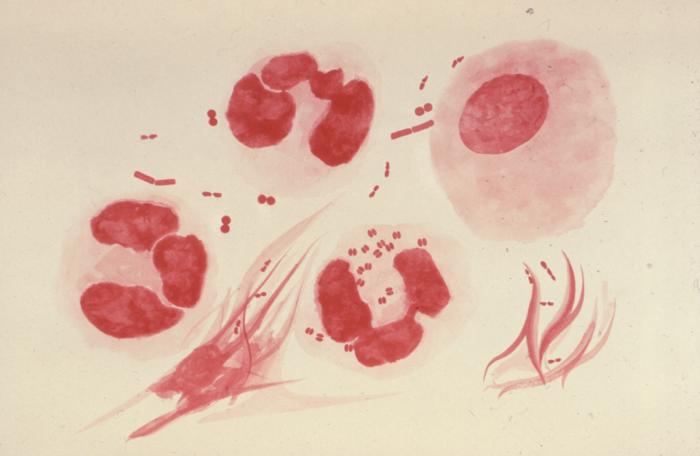Sexually transmitted infections remain a significant public health concern worldwide. Among these, Gonorrhea, often abbreviated as GC, is one of the most common and treatable bacterial infections. However, if left untreated, it can lead to severe complications. This article explores the causes, symptoms, diagnosis, and treatment options for this infection to help raise awareness and promote better sexual health practices.

What is Gonorrhea?
Gonorrhea is a sexually transmitted infection caused by a specific type of bacteria. It primarily affects the mucous membranes of the reproductive tract, including the cervix, uterus, and fallopian tubes in women, and the urethra in both men and women. Additionally, it can infect the mouth, throat, eyes, and rectum.
How Does Gonorrhea Spread?
The infection spreads through unprotected sexual contact, including vaginal, anal, and oral sex. It can also be transmitted from an infected mother to her baby during childbirth. The bacteria thrive in warm, moist areas of the body, making the reproductive organs and other mucosal surfaces ideal environments for infection.
- Vaginal intercourse
- Anal intercourse
- Oral sex
- Vertical transmission from mother to child during delivery
Symptoms of Gonorrhea
One of the challenges in addressing gonorrhea is that many individuals who are infected may not exhibit noticeable symptoms. When symptoms do occur, they typically appear within two to fourteen days after exposure. However, in some cases, symptoms may take longer to manifest.
Symptoms in Men
In men, the symptoms of gonorrhea often include:
- A burning sensation during urination
- White, yellow, or green discharge from the penis
- Pain or swelling in the testicles
- Rectal pain, discharge, or bleeding if the infection affects the anus
Symptoms in Women
Women with gonorrhea may experience:
- Painful or burning sensation during urination
- Vaginal discharge that may be watery or bloody
- Pelvic or abdominal pain
- Bleeding between periods or heavier menstrual flow
- Pain during sexual intercourse
Symptoms in Both Genders
When gonorrhea infects the throat, it may cause a sore throat, though this symptom is often mild or absent. Similarly, an infection in the rectum can lead to itching, discomfort, or discharge. If the eyes are affected, symptoms may include redness, pain, and discharge resembling pus.
Diagnosing Gonorrhea
Early and accurate diagnosis is crucial for effective treatment and to prevent further transmission. Healthcare providers use several methods to diagnose this infection.
Medical History and Physical Examination
A healthcare provider will begin by taking a detailed medical history and asking about symptoms, sexual activity, and potential exposure risks. A physical examination may follow to check for signs of infection, such as discharge or tenderness.
Laboratory Tests
To confirm the presence of the bacteria, laboratory tests are conducted. These include:
- Nucleic Acid Amplification Test (NAAT): This highly sensitive test detects the genetic material of the bacteria in urine or swab samples taken from the affected area.
- Gram Stain Test: A sample is examined under a microscope to identify the bacteria. This test is more commonly used for diagnosing infections in men than in women.
- Culture Test: A sample is placed in a special environment to encourage bacterial growth, allowing for identification and testing of antibiotic resistance.
Treatment Options for Gonorrhea
Gonorrhea is treated with antibiotics, but due to increasing antibiotic resistance, treatment protocols have evolved over time. It is essential to complete the full course of prescribed medication to ensure the infection is fully eradicated.
Current Antibiotic Regimen
As of now, the recommended treatment involves a combination of two antibiotics administered together:
- Ceftriaxone: An injection given into the muscle, usually in a single dose.
- Azithromycin: An oral medication taken as a single dose.
This dual therapy helps combat antibiotic resistance and ensures higher treatment success rates.
Follow-Up Testing
After completing the treatment, individuals should undergo follow-up testing to confirm that the infection has been cured. This is particularly important for those with persistent symptoms or risk factors for reinfection.
Treatment for Special Populations
Different groups may require tailored approaches to treatment:
- Pregnant Individuals: Safe antibiotic options are available to treat gonorrhea during pregnancy to protect both the mother and the unborn child.
- Newborns: Infants exposed to the infection during childbirth are treated with antibiotics to prevent serious complications like blindness.
Complications of Untreated Gonorrhea
If gonorrhea is left untreated, it can lead to severe health consequences, including:
- Pelvic Inflammatory Disease: In women, untreated gonorrhea can spread to the reproductive organs, causing chronic pelvic pain, infertility, or ectopic pregnancy.
- Epididymitis: In men, the infection can lead to inflammation of the tubes near the testicles, resulting in pain and potential infertility.
- Disseminated Gonococcal Infection: The bacteria can enter the bloodstream, leading to joint pain, skin lesions, and even life-threatening conditions.
- Increased HIV Risk: Having gonorrhea can make individuals more susceptible to acquiring or transmitting human immunodeficiency virus.
Prevention Strategies
Preventing gonorrhea involves adopting safe sexual practices and regular screening for sexually transmitted infections. Some effective strategies include:
- Using condoms consistently and correctly during sexual activity
- Limiting the number of sexual partners and ensuring mutual monogamy
- Getting tested regularly, especially if engaging in high-risk behaviors
- Discussing sexual health openly with partners and healthcare providers
Vaccination Efforts
While there is currently no vaccine available for gonorrhea, ongoing research aims to develop preventive measures. Public health initiatives continue to emphasize education and awareness to reduce the spread of this infection.
Addressing Stigma and Seeking Help
Despite its prevalence, gonorrhea is often surrounded by stigma, which can discourage individuals from seeking testing and treatment. It is important to remember that sexually transmitted infections are medical conditions that require care and attention, not judgment.
Individuals experiencing symptoms or concerned about exposure should consult a healthcare professional promptly. Many clinics offer confidential testing and treatment services, ensuring privacy and support throughout the process.
The Role of Public Health in Combating Gonorrhea
Public health organizations play a vital role in controlling the spread of gonorrhea. Through surveillance, education, and policy development, these entities work to reduce infection rates and improve access to care. Key initiatives include:
- Implementing widespread screening programs
- Promoting awareness campaigns about safe sex practices
- Monitoring antibiotic resistance trends to update treatment guidelines
- Providing resources for underserved populations
By addressing gonorrhea on a community level, public health efforts aim to minimize its impact and protect future generations from its consequences.





